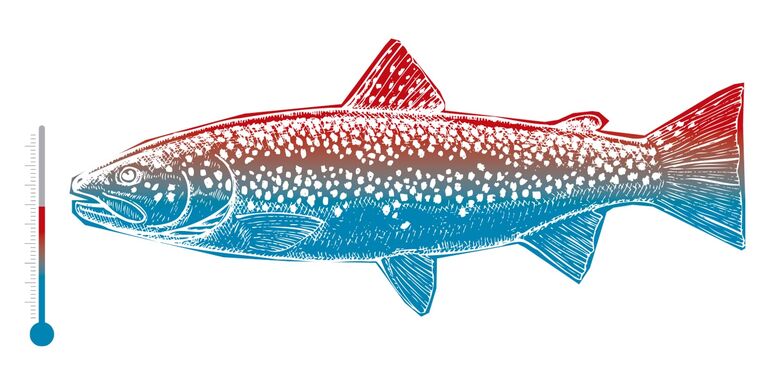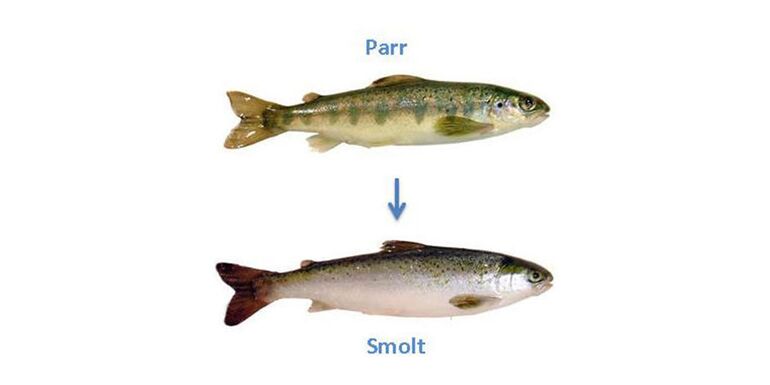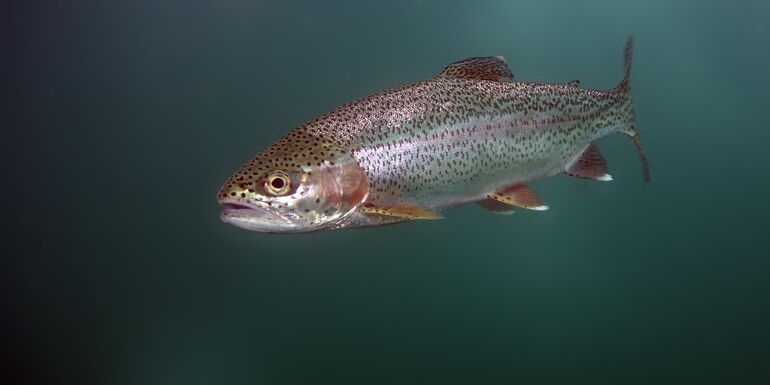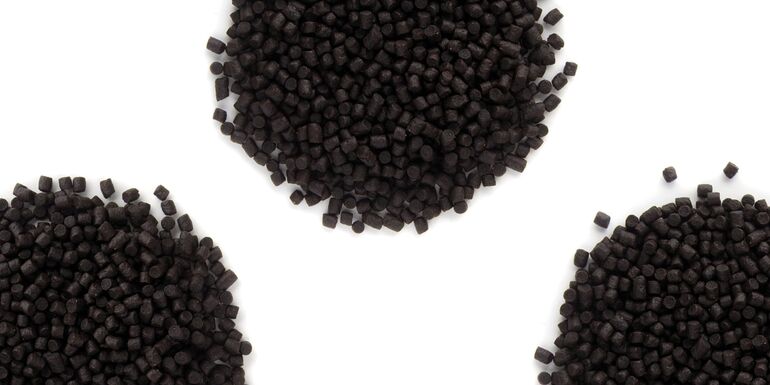
Feed can deliver enhanced fat digestibility and performance, even in cold water.
In cold water, trout become less active and their metabolism slows down. Digestion slows down too and fat digestion, especially, becomes less efficient. This is in line with the trout’s natural lifestyle whereby very little food is available during the winter period.
Their camouflage changes to a silvery skin with a dark back and white belly. This helps them to blend in with the surroundings. The marine diet, rich in omega-3 fatty acids, assures a high membrane fluidity in the cold sea water so that they can move swiftly. This physiological adaptation assures a good digestion of food during very cold conditions.
At Alltech Coppens, we aimed to develop a trout feed concept that allowed optimal digestion, health, and performance during very cold periods. After extensive research at the Alltech Coppens Aqua Centre we have managed to considerably improve fat digestibility in very cold water and match the trout’s changed requirement for essential fatty acids.
Fat digestion is determined by four major factors:
- The water temperature
- The melting point of the fat in the feed
- The fatty acid profile of the feed
- The feeding level
The melting point of the oil in the feed determines whether the fatty acids can be emulsified well at a given water temperature. When the oil becomes more solid in cold water emulsification is compromised and digestion reduced. The key is to have the right melting point at a water temperature at 8°C and lower. Our R&D efforts have provided crucial data to get the melting point right in winter conditions!
“The trout adapts its physiology to the cold period”
The feed rate is also decisive for fat digestion. Since the fish’s metabolism slows down in cold water, it takes a long time for trout to digest a meal. This can take up to a few days. A high feed rate overloads the digestive tract and the trout is less capable of digesting it efficiently. This leads to a poorer FCR and more excrements, which may be visible to the farmer in the form of a higher degree of pollution. Our research has shown that a slightly lower feed rate helps to increase fat digestion and this is in line with the physiological adaptation the trout goes through in winter. In this respect, less is more. Apart from a slightly lower feed rate, it is also important to feed rather slowly in the cold period so that the slower trout have sufficient time to take up the pellets and none are wasted.




